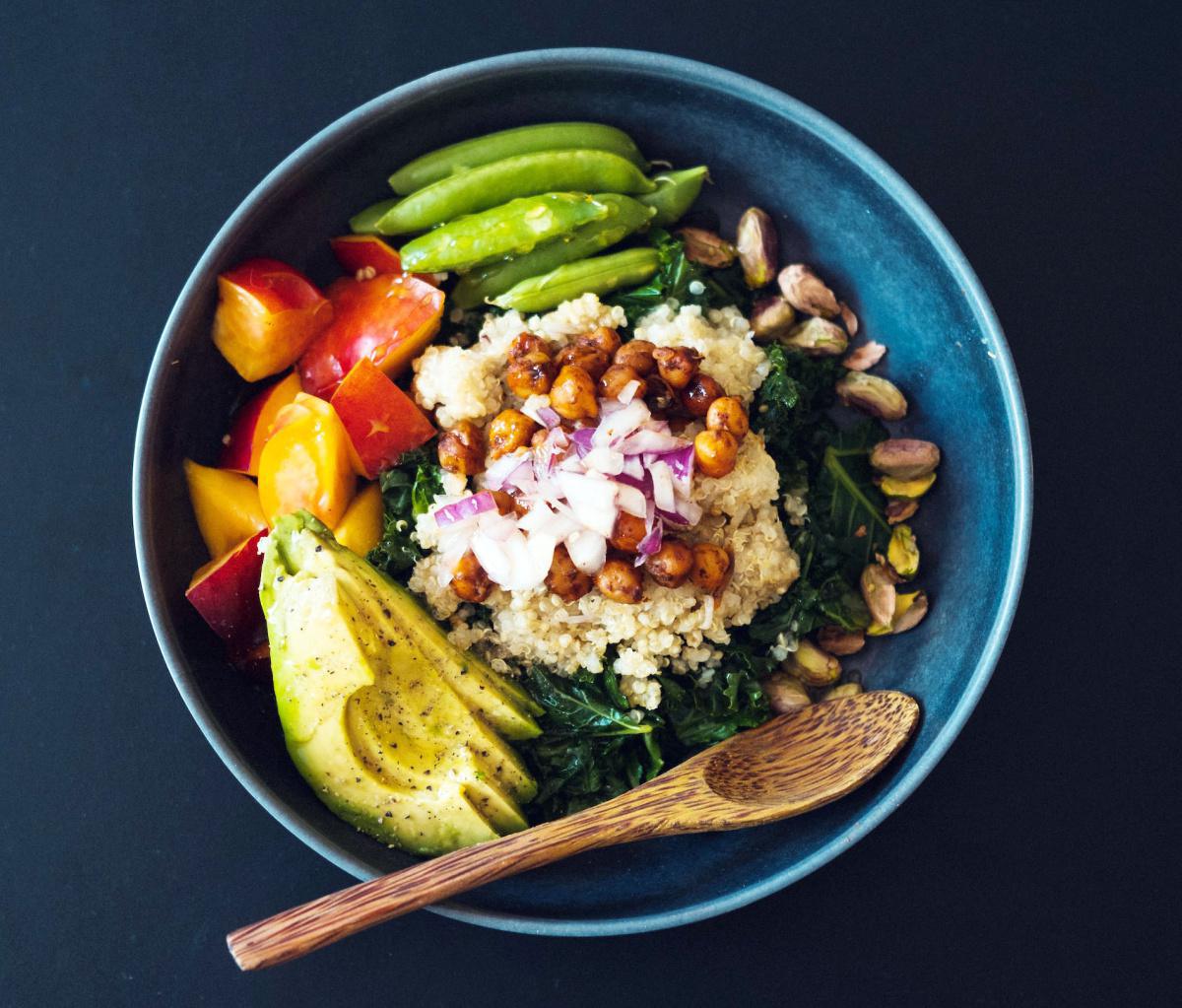After 21 Days
1.0 After the program - What after 7+21 days?
After the program period, you will see the changes taking place in your system, body, and mind, and you can relax on a lot of rules in our 10-step program:
1.1 You don't need to stick to 2 times a day yoga routine - you are welcome to continue, but you can also slowly bring it down to thrice a week, twice a week, and once a week.
1.2 Exercise - keep stretching on the bed and stick to a minimum of 6 hours of exercise a week - jogging, cycling, sports activity, anything that would bring up your heartbeat and sweat.
1.3 During working hours - continue to be on your feet as much as possible. Please continue this as you were doing during the program period. Remember chair/sofa is not your friend.
1.4 Keep 10 minutes post lunch and dinner stroll.
1.5 On the pattern of food consumption- first vegetable, protein, and fiber, last carbohydrates.
1.6 Eat only when hungry. Stick to 16:8 intermittent fasting—75% stomach full for lunch and 50% to 70% for dinner.
1.7 I consume one or two glasses of wine weekly, so it is your call. But strictly no for all other drinks excluding water/ warm water. Also, one or two meals a week; I eat non-dietary food but spend a bit more time on the tennis court the next day.
1.8 If your blood sugar reading is below a hundred with medication, check with your doctor before changing your prescription.
2.0 Tips and My Routine
2.1 Plan to start on Saturday so you can work out and adjust your daily routine during the weekend.
2.2 It is suggested to discuss with someone in the family or friend who can be of assistance to keep your schedule or be a moral support for the next 28 days. I took my wife's help throughout.
2.3 Plan to be up by 6.00 am. To ensure persistence, I set two alarms, 5.55 am, and 6.00 am.
2.4 Wake up on the alarm and start on a 7-minute body stretch. If you have the habit of emptying your bowels immediately upon waking up, please do so. I usually take a leak immediately upon waking up and go back to bed to do the stretching.
2.5 I have the habit of drinking coffee after one cup of warm water. During my coffee, I play pool. Playing pool helps me bend my knees and put pressure on my stomach and thighs. Plus, you also exercise your upper body. The good thing with a pool table is you can play alone, at home, and at any time, irrespective of outdoor weather conditions. If you can, investing in a pool table is suggested. Sometimes, with 30 minutes on the pool table in the evening, I can knock off 20 points on the blood sugar meter.
2.6 Once my bowels are done, I spend 30 minutes playing tennis with a partner or the ball machine in the club most days of the week. If the weather is bad, spend 15-20 minutes on the treadmill. 2.7 Shower and then yoga/meditation. During the 21 days program, I did yoga meditation both morning and evening. But after the program, I usually do it in the morning, and I am not very regular- once a week of yoga is fine too.
2.8 I always keep overnight-soaked nuts. If hungry, I take one or two tablespoons full. I mostly avoid eating anything till lunchtime.
2.9 If I am eating fruit, I eat it 2 hours before or 2 hours after lunch. In the evening, I avoid fruits.
2.10 I will check my blood sugar before lunch and dinner.
2.11 I mainly go with millet, low GI rice, and lots of cooked/ steamed fresh vegetables for lunch. Also, use clarified butter along with food. After lunch and dinner, I stroll for 15 minutes.
2.12 After lunch, no food till dinner. If I am hungry, I try one or two tablespoons of soaked nuts or fruit.
2.13 For dinner, it is salad – cucumber, carrot, tomato, onion, soaked nuts or steamed vegetables, or grams/pulses pancake with fresh chutneys. 14. Sleep by 10 pm. 7-hour sleep is essential for me.
3.0 More on Food
3.1 Kind of food to choose- your key I will not list all the foods here. Instead, I will provide you with the key. Look online for foods high in protein and fiber, low in sugar, and low in GI (Glycemic index).
3.2 Glycemic index (GI): Another important terminology people with diabetes should know is the Glycemic Index. The glycemic index (GI) ranks food from 0 to 100 on a scale. The low end of the scale has foods that have little effect on blood sugar levels. A low glycemic index (GI) refers to a GI value of 55 or less. Low-GI foods include most fruits and vegetables, whole or minimally processed grains, beans, low-fat dairy products, and nuts. We should learn to identify food with low GI.
3.3 Drinks: Only suggested drink during the program: Warm water. I would not recommend fruit juices as it would be better to eat fruit with skin which is a good source of fiber, instead of juicing the fruit.
3.4 Fruits The following fruits are high in fiber and protein and low in sugar. Please consume small quantities and only when hungry. Moderation is key. Choose fruits that are not fully ripened, as they are high in sugar. If you can get organic, that would be the best option. Eat fruit 2 hours before or after lunch and avoid it at night. Avocado Apples – with skin Pears – with skin Diabetes Solution– Type2 / Pre-diabetic Bala Kumar P a g e | 36 Berries - strawberries, blueberries, raspberries, blackberries, high fiber, and low on sugar. Kiwi, Guava, Lemon
Soaking nuts (of any kind) helps remove phytic acid, allowing our bodies to get more nutrients from the nuts and making them easier to digest. Suggested nuts: Soaked almonds, peanuts, walnuts, pistachios, Brazil nuts, and cashews. 3.5 Nuts: Soak nuts overnight.
Multi-grain bread, quinoa, Millet, Farro, Spelt, Amarnath. 3.6 Grains: The key is focusing on low calories and GI. Whole rye bread is low in calories and has a low GI of 41-46. Similarly, whole-grain corn is also a good source of fiber, along with other healthy vitamins and minerals. Corn has a GI of 52, but certain corn products may have different GI levels. For instance, corn tortillas have a GI of 46, while cornflakes have a GI of 81. xxvi I consume mainly millet and low-GI rice.
3.7 Vegetables: Green leafy vegetables – kale, spinach, asparagus, mustard greens, green beans, lentils, pulses, carrots, tomatoes, bell peppers, broccoli, cauliflower, cabbage, tofu, tempeh, and legumes.
3.8 Non-vegetarian: We want to consume foods that digest fast and help our gut and bowel health to maintain better energy. I would suggest avoiding non-vegetarian food for 28 days program if you can. From a digestion point, vegetarian food takes a couple of hours to digest, while non-vegetarian could take up to two Diabetes Solution– Type2 / Pre-diabetic Bala Kumar P a g e | 37 days. If you have no choice, try lean-cut meat and fatty fish like salmon, tuna, and mackerel. Avoid deep-fried or breaded meats and opt for grilling, baking, and broiling instead of frying. Vegetarian diets are typically high in fiber, promoting healthy bowel function and reducing the risk of digestive problems such as constipation and diverticulitis. Plant-based foods are also generally lower in fat and higher in antioxidants and other beneficial nutrients, which may positively impact digestive health. On the other hand, non-vegetarian diets can be high in fat, incredibly saturated, and trans fats, which can contribute to digestive problems such as acid reflux, bloating, and constipation. High amounts of red meat and processed meats have also been associated with an increased risk of colon cancer.
3.9 Healthy salad diet: I observed that most ladies I worked with were diet-conscious on the software projects. And imagine what they would eat for lunch – mostly salad. But what goes along with salad – a large packet or two of dressing which probably is filled with sugar and high carb. So, we are not doing that. Start with non-starchy vegetables, such as leafy greens, bell peppers, cucumbers, tomatoes, carrots, and broccoli. These vegetables are low in carbohydrates and calories and high in fiber, vitamins, and minerals. Add a source of protein, such as beans, tofu, or nuts. Add healthy fat sources like avocado, olive oil, or nuts.
3.10 Your own organic oil: All available cooking oils are heavily processed. According to the study, Small-scale pressing using expeller presses (cold press) results in more oil left in the meal than oil from chemical processing. Typically, the oil in the meal from small-scale pressing ranges from 8–15%. Commercial oil processing, which most of us consume, leaves less than 1% oil in the meal. Buying organic cold press oil is suggested compared to commercially proceed oil. It is worth investing in a small cold press oil machine. I bought one for less than $500 from Amazon. I get organic oil, and I get to make oil from different nuts and seeds. Search for 'cold press oil machine' on Amazon.


